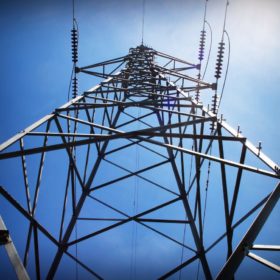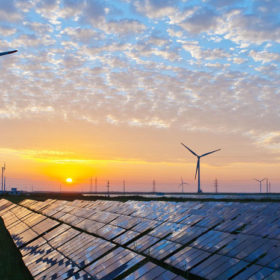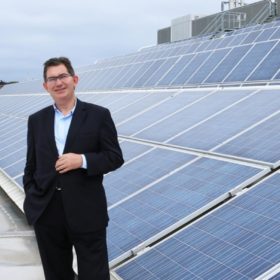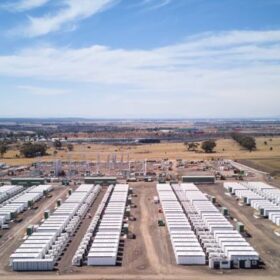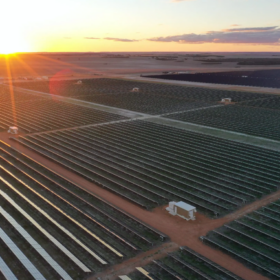GreenSync to deliver digital marketplace for DER in UK
The Melbourne-based energy tech company will deploy its digital platform to connect and coordinate 500 MW of distributed energy resources across the network area of UK Power Networks.
4 GW Walcha project moves forward, massive solar+battery component seeks approval
Walcha Energy – a joint venture between Australian developers Energy Estate and Mirus Wind – has lodged the scoping report with the NSW planning authorities for a 700 MW solar farm, a 100MW/150MWh battery and its plans for a renewable energy hub at Uralla.
Think-tank eyes up 10 GW sustainable future for Northern Territory
A new report raises awareness of the potential jobs and revenue opportunities for Territorians in a zero-carbon economy. The 10 GW Vision relies largely on solar PV.
Horizon Power beefs up hosting capacity to accommodate more solar
More regional Western Australians will have the opportunity to install rooftop solar panels on their premises with 10 MW of additional renewable energy generation released on Horizon Power microgrids.
Western Australian mines to be powered with solar, wind and batteries
Two Western Australian mines will be powered by renewable energy hybrid microgrids echoing a global shift away from fossil fuels in the mining sector.
AGL’s new virtual power plant to cover four states
On the back of a successful trial in South Australia, AGL is expanding its virtual power plant to other states. Under the program, customers will be able to save up to $280 a year on their electricity bills and be offered an upfront payment of $1,000 towards the cost of their battery.
Interview: Tracking loads, allocating solar power, optimising payoffs with Allume Energy
Matching solar supply and energy consumption within a household or business can deliver powerful energy savings. When extended over multi-dwelling properties, like apartment buildings or retirement communities, the benefits are multiple, says Cameron Knox co-founder and CEO of Allume Energy.
UNSW to step up sustainability efforts with more solar
UNSW Sydney will start procuring all of its electricity from a NSW solar farm by next year and gradually expand onsite solar energy generation by 2022, as well as improve energy and water efficiency to reduce its environmental footprint.
PV leads the way as renewables threaten coal-fired power
With clean energy being generated at lower and lower prices around the world, solar power is playing a leading role in bringing the curtain down on coal, and will help the decarbonization of transport and space heating too.
Global electric car fleet may reach 250 million by 2030
The International Energy Agency says more than 2 million electric vehicles hit the road last year, to take the total to more than 5 million. The agency has stressed the importance of public policy, charging infrastructure and a fall in costs for continued EV uptake, and says up to 43 million EVs could be sold in 2030.
